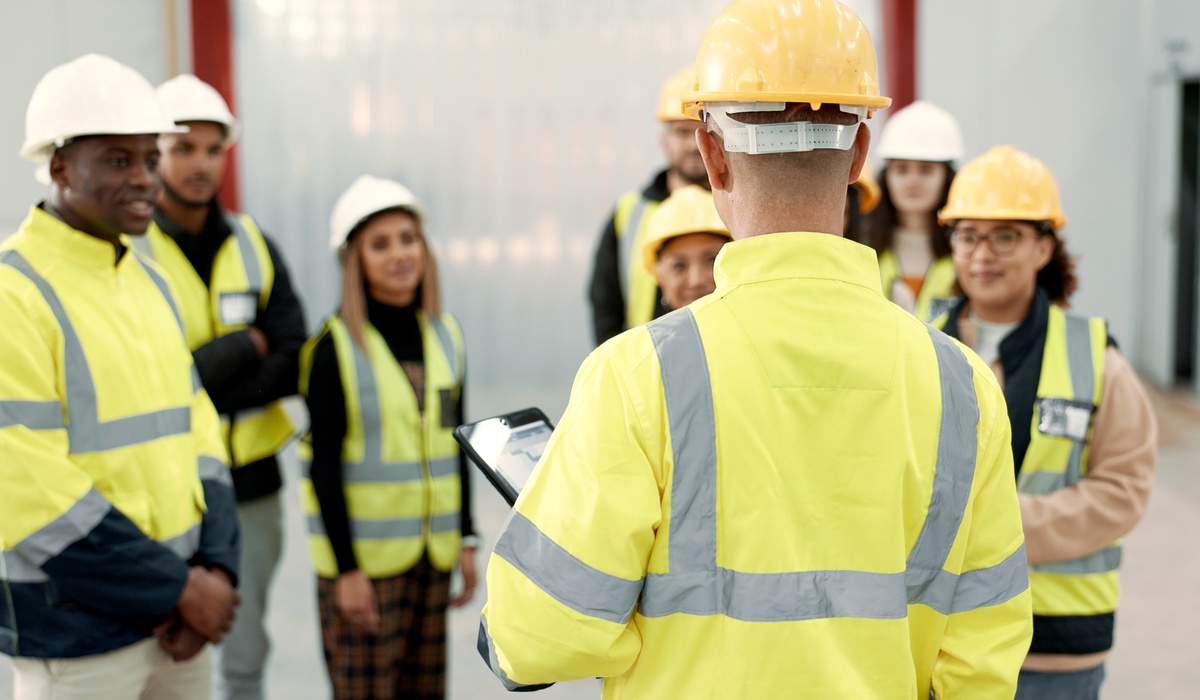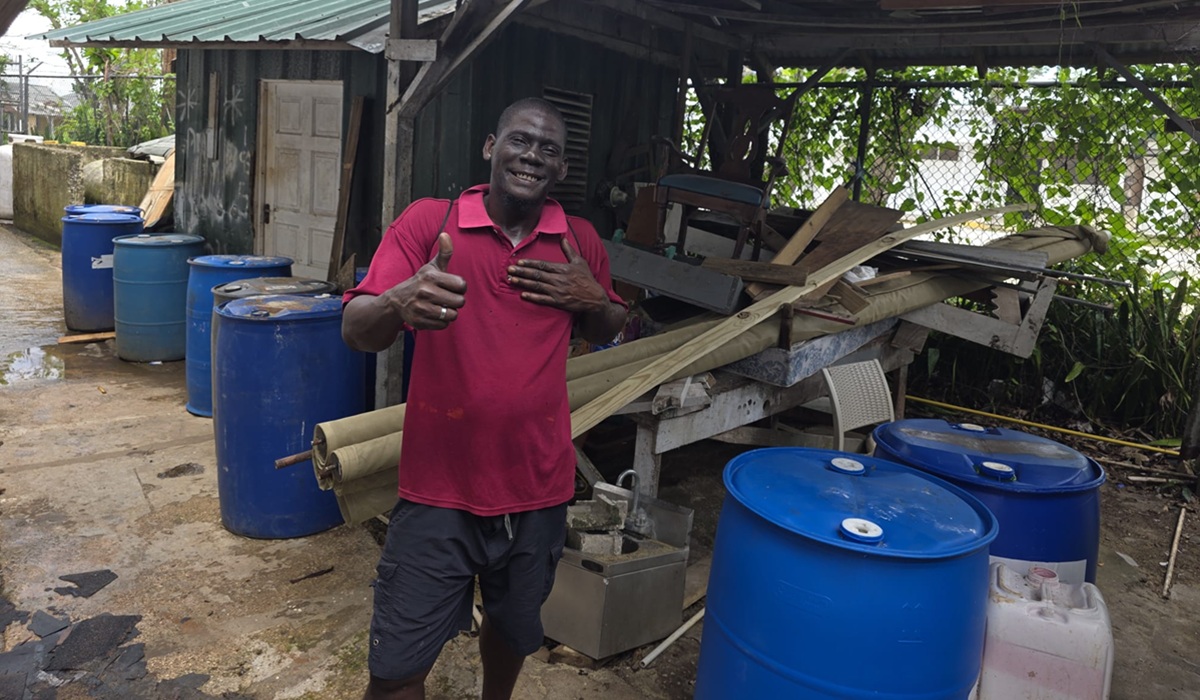Emergency Planning Essentials for Large Facilities
- Casey Cartwright
- Health
- Trending News
- June 16, 2025

Emergency preparedness is a strategic measure to protect lives, asasets, and operations during unexpected events in large facilities. Whether your team is facing natural disasters, power outages, or security breaches, having a strong plan in place allows you to respond quickly and reduce downtime. This guide covers the emergency planning essentials for large facilities to keep operations steady and safety a priority.
Start by conducting a thorough risk assessment. Identify all possible risks related to the facility’s environment, location, and daily activities. Look for vulnerabilities such as flood-prone zones or electrical systems that, if damaged, could disrupt operations. A detailed risk assessment lays the groundwork for a focused response plan, making sure there are no weak spots in your operations.
Communication is essential during emergencies. Equip the facility with reliable systems, and look for high-quality features on two-way radios to maintain clear and constant contact with team members. Manufacturers design these tools and systems to work even when regular networks go down, keeping teams connected and coordinated. Good communication allows you to share instructions, track staff, and manage rescue efforts smoothly.
Electrical system safety and backup power are important to keep operations running. Large facilities rely on complex electrical setups, so power failures can cause major interruptions. Schedule regular inspections and maintenance to protect electrical components. Invest in uninterruptible power supplies and backup generators to maintain power during outages until the main grid is restored. This approach minimizes disruption and supports ongoing activities.
Training staff and holding regular drills strengthens emergency response. Frequent practice familiarizes employees with safety procedures and their roles during incidents. Conduct drills at least twice a year to build confidence and improve team coordination. These exercises also reveal gaps in the plan that you can fix before a real emergency happens.
Keep an emergency response kit ready and up to date. Stock it with first aid supplies, flashlights, spare batteries, and materials to secure equipment if needed. Review the kit regularly to replace expired items and add new supplies based on changing risks. Having an updated kit keeps the facility prepared for any challenges.
Building a resilient facility means integrating emergency planning into everyday operations. These emergency planning essentials for large facilities reduce risks and help speed up recovery after an event. Take action today by reviewing risk factors, upgrading communication systems, scheduling staff training, and maintaining emergency kits. Using this plan lays a foundation for safe and smooth operations no matter what challenges arise.








